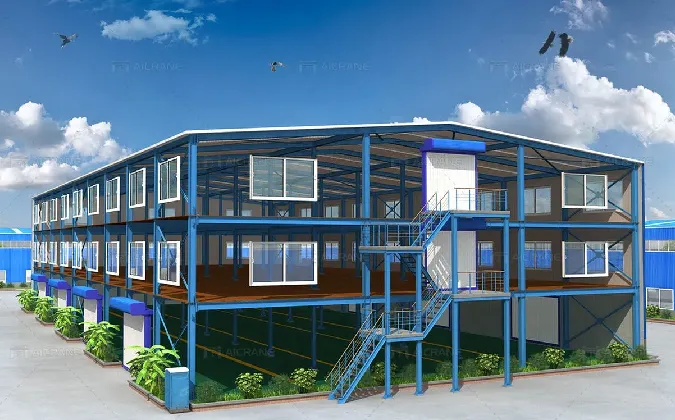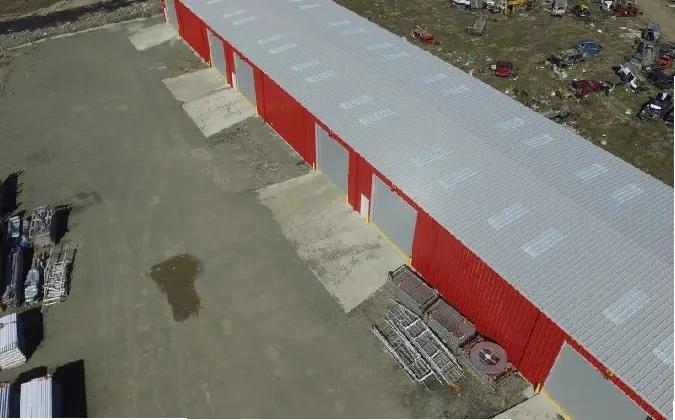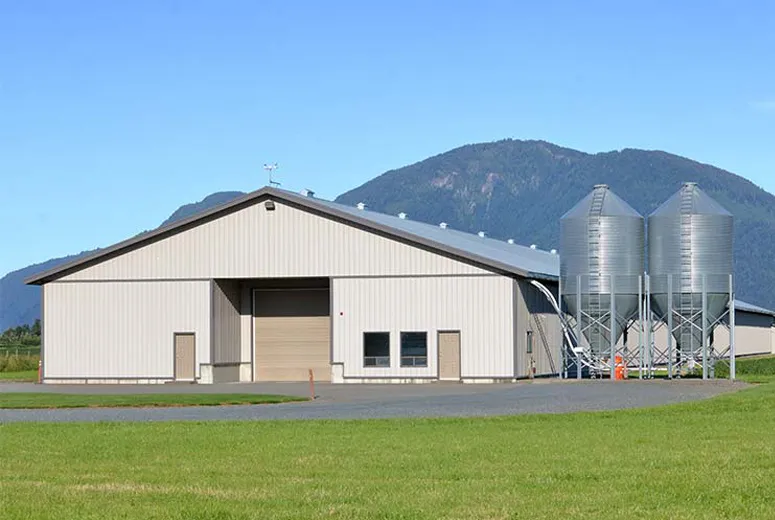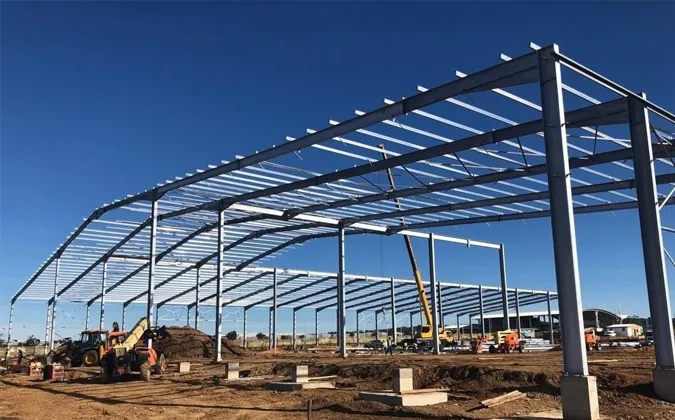- Afrikaans
- Albanian
- Amharic
- Arabic
- Armenian
- Azerbaijani
- Basque
- Belarusian
- Bengali
- Bosnian
- Bulgarian
- Catalan
- Cebuano
- Corsican
- Croatian
- Czech
- Danish
- Dutch
- English
- Esperanto
- Estonian
- Finnish
- French
- Frisian
- Galician
- Georgian
- German
- Greek
- Gujarati
- Haitian Creole
- hausa
- hawaiian
- Hebrew
- Hindi
- Miao
- Hungarian
- Icelandic
- igbo
- Indonesian
- irish
- Italian
- Japanese
- Javanese
- Kannada
- kazakh
- Khmer
- Rwandese
- Korean
- Kurdish
- Kyrgyz
- Lao
- Latin
- Latvian
- Lithuanian
- Luxembourgish
- Macedonian
- Malgashi
- Malay
- Malayalam
- Maltese
- Maori
- Marathi
- Mongolian
- Myanmar
- Nepali
- Norwegian
- Norwegian
- Occitan
- Pashto
- Persian
- Polish
- Portuguese
- Punjabi
- Romanian
- Russian
- Samoan
- Scottish Gaelic
- Serbian
- Sesotho
- Shona
- Sindhi
- Sinhala
- Slovak
- Slovenian
- Somali
- Spanish
- Sundanese
- Swahili
- Swedish
- Tagalog
- Tajik
- Tamil
- Tatar
- Telugu
- Thai
- Turkish
- Turkmen
- Ukrainian
- Urdu
- Uighur
- Uzbek
- Vietnamese
- Welsh
- Bantu
- Yiddish
- Yoruba
- Zulu
Sep . 17, 2025 16:51 Back to list
In an era where environmental responsibility is a core priority for businesses, steel office building have emerged as a leading sustainable choice for commercial construction. Unlike traditional concrete or brick structures, metal office building (including metal buildings office warehouse hybrids) offer unmatched eco-friendly benefits—from recyclable materials to energy-efficient designs—without compromising on strength or functionality. For wholesalers serving commercial developers, corporate clients, or property management firms, partnering with a provider that delivers sustainable steel office building solutions is essential. Hebei Hongji Shunda Steel Structure Engineering Co., Ltd., founded in 2000 with a 107,000-square-meter facility, stands out as a trusted expert: specializing in the design, manufacture, and installation of steel structure buildings (including steel office building and metal buildings office warehouse), their professional teams embed sustainability into every project phase. This article explores the key sustainability features of steel office building, highlights the eco-friendly advantages of metal office building variants, and why Hongji Shunda’s offerings are a top choice for wholesalers seeking green commercial solutions.

Material Recyclability: A Core Sustainability Feature of Steel Office Building
- High Recyclability of Steel in Steel Office Building: Steel office building are built with one of the most recyclable materials on the planet—steel. Over 90% of the steel used in Hongji Shunda’s steel office building comes from recycled sources (e.g., old automobiles, construction debris), and the steel itself remains 100% recyclable at the end of the building’s lifespan. Unlike concrete (which ends up in landfills) or wood (which decomposes or is incinerated), steel from a metal office building can be melted down and reused to build new structures, creating a closed-loop system that reduces waste. For wholesalers, this recyclability is a powerful selling point: clients can achieve their sustainability goals (e.g., LEED certification) while reducing their environmental footprint. Hongji Shunda also provides documentation of steel recyclability percentages, helping wholesalers and their clients verify eco-friendly claims.
- Reduced Material Waste in Metal Buildings Office Warehouse Construction: Metal buildings office warehouse(which combine office and storage space) benefit from off-site prefabrication of steel components—Hongji Shunda manufactures beams, columns, and trusses in their controlled factory environment, cutting material waste to less than 5% (compared to 15–20% waste in on-site concrete construction). Precision cutting (using CNC machinery) ensures every component fits perfectly, eliminating the need to trim or discard excess material. For example, a metal buildings office warehouse built with Hongji Shunda’s prefabricated steel uses 10–15% less material than a traditional wood-framed warehouse. For wholesalers serving clients focused on waste reduction, this prefabrication process aligns with circular economy principles, making metal buildings office warehouse a sustainable choice for commercial projects.
Energy Efficiency of Steel Office Building Designs
- Thermal Insulation for Reduced Energy Use in Steel Office Building: Steel office building can be designed for maximum energy efficiency with advanced insulation systems. Hongji Shunda integrates high-performance insulation (e.g., spray foam, rigid foam boards) into the steel framing, creating a tight thermal envelope that minimizes heat transfer. This insulation reduces heating and cooling costs by 30–40% compared to poorly insulated concrete offices. For example, a metal office building in a cold climate with Hongji Shunda’s insulation will maintain a comfortable indoor temperature with 30% less furnace use, lowering carbon emissions. Wholesalers can emphasize this to clients: energy efficiency not only reduces environmental impact but also cuts long-term utility costs, making steel office building a cost-effective sustainable investment.
- Natural Light Optimization in Metal Office Building: Metal office building designs prioritize natural light, reducing the need for artificial lighting (a major source of office energy use). Hongji Shunda’s design team incorporates large windows, skylights, and clerestory windows into steel office building plans, ensuring 70–80% of interior spaces receive natural light during the day. They also use light-colored steel roofing and wall panels that reflect sunlight, reducing heat absorption (and thus cooling needs) in warm climates. For a metal buildings office warehouse, this natural light optimization extends to storage areas, reducing the need for overhead lighting in large warehouse spaces. For wholesalers, this focus on natural light helps clients meet energy efficiency standards (e.g., ENERGY STAR) while creating a healthier work environment for employees.
Sustainability Comparison Steel Office Building vs. Traditional Office Structures
|
Structure Type |
Material Recyclability |
Energy Efficiency (Heating/Cooling) |
Construction Waste |
Carbon Footprint (Lifecycle) |
Hongji Shunda Advantage |
|
Steel Office Building |
100% (closed-loop recycling) |
30–40% lower costs |
<5% |
20–30% lower |
Uses 90% recycled steel; prefabrication reduces waste |
|
Concrete Office Building |
<10% (limited recycling) |
10–15% lower costs |
15–20% |
40–50% higher |
No—concrete has high embodied carbon |
|
Wood-Framed Office Building |
50–60% (recyclable/biodegradable) |
15–20% lower costs |
10–15% |
25–35% higher |
No—wood requires deforestation |
Sustainable Construction Practices for Metal Office Building
- Low-Impact Site Preparation for Steel Office Building: Steel office building construction uses sustainable site preparation practices that minimize environmental disruption. Hongji Shunda’s teams avoid clear-cutting trees (where possible), use temporary erosion control measures (e.g., silt fences), and restore topsoil after construction. For metal buildings office warehouse built on large sites, they also incorporate rain gardens or permeable pavement to manage stormwater, reducing runoff and protecting local waterways. This low-impact approach helps clients meet green building standards (e.g., LEED BD+C) and avoids costly environmental remediation. For wholesalers, this focus on site sustainability means clients can build steel office building without harming local ecosystems, enhancing their corporate social responsibility image.
- Reduced Carbon Emissions During Construction of Metal Office Building: The construction phase of metal office building generates fewer carbon emissions than traditional structures. Steel components are lightweight (compared to concrete), so they require fewer truck trips to transport—reducing transportation-related emissions by 25–30%. Hongji Shunda also uses electric or hybrid construction equipment (e.g., cranes, welders) on-site, further cutting emissions. For example, building a metal office building with Hongji Shunda’s sustainable construction practices generates 15–20% fewer carbon emissions than a concrete office of the same size. For wholesalers serving clients with net-zero carbon goals, this emission reduction is a critical factor in choosing steel office building over traditional alternatives.
Steel Office Building FAQS
Can Steel Office Building Achieve LEED Certification?
Yes—steel office building from Hongji Shunda are designed to meet LEED (Leadership in Energy and Environmental Design) certification requirements, including LEED Gold or Platinum. Key contributing factors include the use of recycled steel (earning LEED material credits), energy-efficient insulation and lighting (energy credits), and low-impact construction practices (sustainable site credits). For example, a metal office building with 90% recycled steel, high-performance insulation, and stormwater management systems can earn 60+ LEED points—enough for Gold certification. For wholesalers serving commercial developers focused on green building, this certification capability is a major advantage: it allows clients to market their office spaces as sustainable, attracting eco-conscious tenants.
Is Metal Buildings Office Warehouse More Sustainable Than Separate Office and Warehouse Structures?
Yes—metal buildings office warehouse are more sustainable than separate office and warehouse structures. Combining the two functions in one metal buildings office warehouse reduces land use (saving green space or avoiding urban sprawl) and cuts construction-related emissions by 20–25% (fewer materials, fewer truck trips). It also improves energy efficiency: shared heating/cooling systems and natural light optimization reduce energy use compared to two separate buildings. For example, a company using a metal buildings office warehouse instead of two structures can reduce its annual carbon emissions by 15–20%. For wholesalers, this sustainability benefit makes metal buildings office warehouse a popular choice for logistics, manufacturing, or retail clients seeking to consolidate operations while reducing environmental impact.
How Long Does a Sustainable Steel Office Building Last?
A steel office building built with Hongji Shunda’s sustainable practices has a lifespan of 75–100 years—twice as long as a wood-framed office (30–40 years) and significantly longer than a concrete office (50–60 years). The durable steel framing (resistant to rust, pests, and weather) and high-quality insulation ensure the building remains functional and energy-efficient for decades. At the end of its lifespan, the steel is 100% recyclable, so the building doesn’t end up in landfills. For wholesalers, this long lifespan means clients get a sustainable investment that delivers value for generations, reducing the need for frequent rebuilding (and associated environmental impact).
Does Sustainable Steel Office Building Cost More Than Traditional Offices?
While the initial cost of a sustainable steel office building is 5–10% higher than a traditional concrete office, it offers long-term cost savings. Energy-efficient design reduces utility costs by 30–40% annually, and the long lifespan cuts replacement costs. Additionally, sustainable metal office building have higher property values and attract premium tenants (willing to pay 10–15% more for green spaces). For example, a steel office building with LEED Gold certification can recoup its initial cost premium within 5–7 years through energy savings and higher rental income. For wholesalers, this cost-benefit analysis helps clients see sustainability as an investment, not an expense—Hongji Shunda’s bulk pricing also helps wholesalers keep initial costs competitive.
Where Can Wholesalers Source Sustainable Steel Office Building Solutions?
Hebei Hongji Shunda Steel Structure Engineering Co., Ltd. is a trusted supplier of sustainable steel office building, metal office building, and metal buildings office warehouse—backed by 23+ years of experience in eco-friendly steel structure design and manufacturing. Their solutions prioritize recyclable materials, energy efficiency, and low-impact construction, and they offer bulk ordering options tailored to wholesalers’ needs. Whether clients need a small sustainable office or a large metal buildings office warehouse, Hongji Shunda delivers consistent quality and professional support.
-
Bolted Connections in Steel Frame Warehouse
NewsNov.17,2025
-
Hay Storage in Farm Metal Buildings
NewsNov.17,2025
-
Advantages of a Steel Portal Frame Shed
NewsNov.17,2025
-
The Erection Process of a Steel Building Hangar
NewsNov.17,2025
-
Energy Efficiency of Steel Dome Garage Kits
NewsNov.17,2025
-
Fire Resistance of Kit Metal Garages
NewsNov.17,2025
Products categories
Our Latest News
We have a professional design team and an excellent production and construction team.












